Charadriidae
Plovers
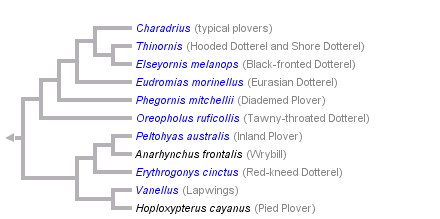


This tree diagram shows the relationships between several groups of organisms.
The root of the current tree connects the organisms featured in this tree to their containing group and the rest of the Tree of Life. The basal branching point in the tree represents the ancestor of the other groups in the tree. This ancestor diversified over time into several descendent subgroups, which are represented as internal nodes and terminal taxa to the right.

You can click on the root to travel down the Tree of Life all the way to the root of all Life, and you can click on the names of descendent subgroups to travel up the Tree of Life all the way to individual species.
For more information on ToL tree formatting, please see Interpreting the Tree or Classification. To learn more about phylogenetic trees, please visit our Phylogenetic Biology pages.
close boxRelationships after Baker et al. 2007.
Discussion of Phylogenetic Relationships
The genus Pluvialis (golden plovers), though it resembles other plovers and is traditionally included in the family, must be removed if Charadriidae is to be monophyletic. Alternatively, a version of Charadriidae including Pluvialis would also have to include Recurvirostridae (stilts and avocets), Haematopodidae (oystercatchers), and Ibidorhynchidae (ibisbill), all of which are apparently just oddly evolved plovers.References
Baker, A. J., S. L. Pereira, and T. A. Paton. 2007. Phylogenetic relationships and divergence times of Charadriiformes genera: Multigene evidence for the Cretaceous origin of at least 14 clades of shorebirds. Biology Letters 3:205-209.
Title Illustrations

| Scientific Name | Charadrius melodus |
|---|---|
| Specimen Condition | Live Specimen |
| Source | Study of Piping Plover. |
| Source Collection | Flickr |
| Image Use |
 This media file is licensed under the Creative Commons Attribution-NonCommercial-NoDerivs License - Version 2.0. This media file is licensed under the Creative Commons Attribution-NonCommercial-NoDerivs License - Version 2.0.
|
| Copyright | © 2006 azurewoman |
| Location | Vikings Golf Course, Canberra, ACT, Australia |
|---|---|
| Specimen Condition | Live Specimen |
| Source | Black-fronted Dotterel |
| Source Collection | Flickr |
| Image Use |
 This media file is licensed under the Creative Commons Attribution-NonCommercial License - Version 2.0. This media file is licensed under the Creative Commons Attribution-NonCommercial License - Version 2.0.
|
| Copyright | © 2006 Julian Robinson |
| Scientific Name | Vanellus indicus |
|---|---|
| Location | India |
| Specimen Condition | Live Specimen |
| Source | Red-wattled Lapwing |
| Source Collection | Flickr |
| Image Use |
 This media file is licensed under the Creative Commons Attribution-NonCommercial-NoDerivs License - Version 2.0. This media file is licensed under the Creative Commons Attribution-NonCommercial-NoDerivs License - Version 2.0.
|
| Copyright | © 2006 Ananda Debnath |
About This Page
Page copyright © 2008
 Page: Tree of Life
Charadriidae. Plovers.
The TEXT of this page is licensed under the
Creative Commons Attribution-NonCommercial License - Version 3.0. Note that images and other media
featured on this page are each governed by their own license, and they may or may not be available
for reuse. Click on an image or a media link to access the media data window, which provides the
relevant licensing information. For the general terms and conditions of ToL material reuse and
redistribution, please see the Tree of Life Copyright
Policies.
Page: Tree of Life
Charadriidae. Plovers.
The TEXT of this page is licensed under the
Creative Commons Attribution-NonCommercial License - Version 3.0. Note that images and other media
featured on this page are each governed by their own license, and they may or may not be available
for reuse. Click on an image or a media link to access the media data window, which provides the
relevant licensing information. For the general terms and conditions of ToL material reuse and
redistribution, please see the Tree of Life Copyright
Policies.
- First online 24 June 2008
- Content changed 24 June 2008
Citing this page:
Tree of Life Web Project. 2008. Charadriidae. Plovers. Version 24 June 2008 (temporary). http://tolweb.org/Charadriidae/26345/2008.06.24 in The Tree of Life Web Project, http://tolweb.org/




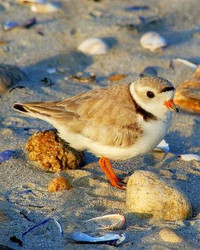
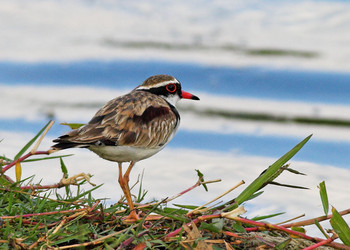
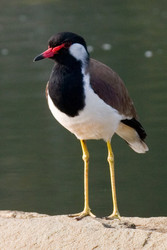

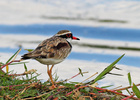


 Go to quick links
Go to quick search
Go to navigation for this section of the ToL site
Go to detailed links for the ToL site
Go to quick links
Go to quick search
Go to navigation for this section of the ToL site
Go to detailed links for the ToL site